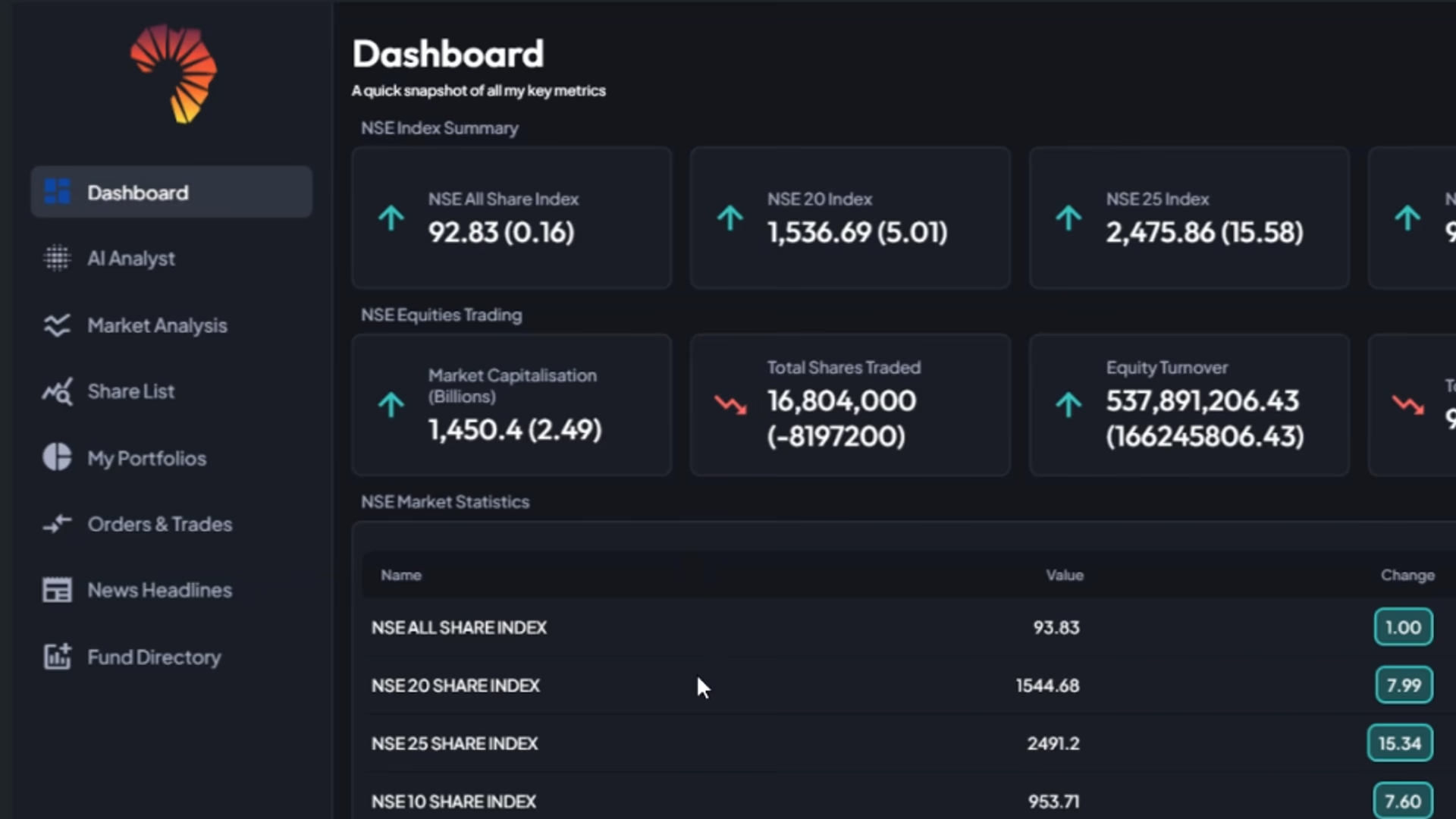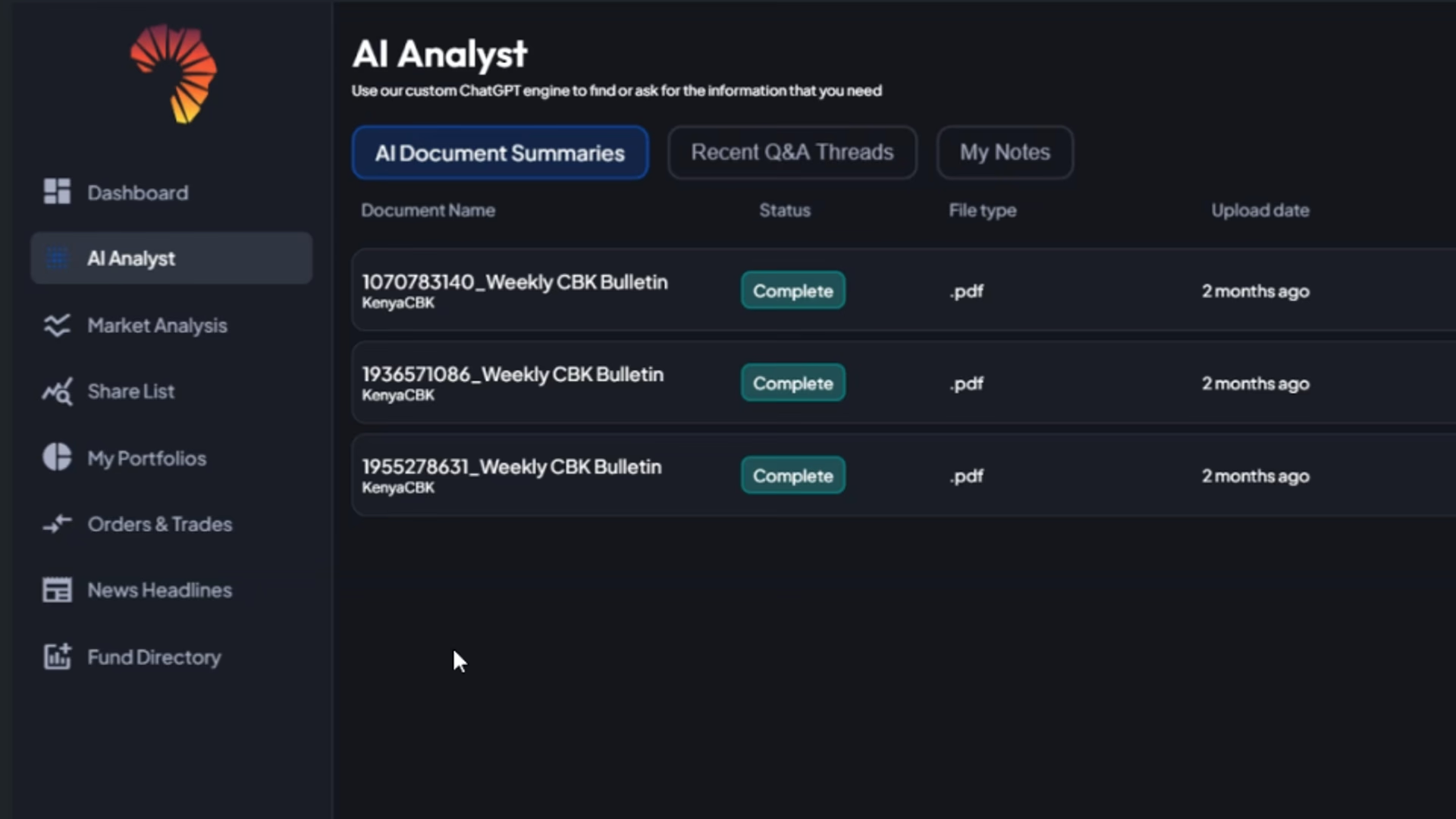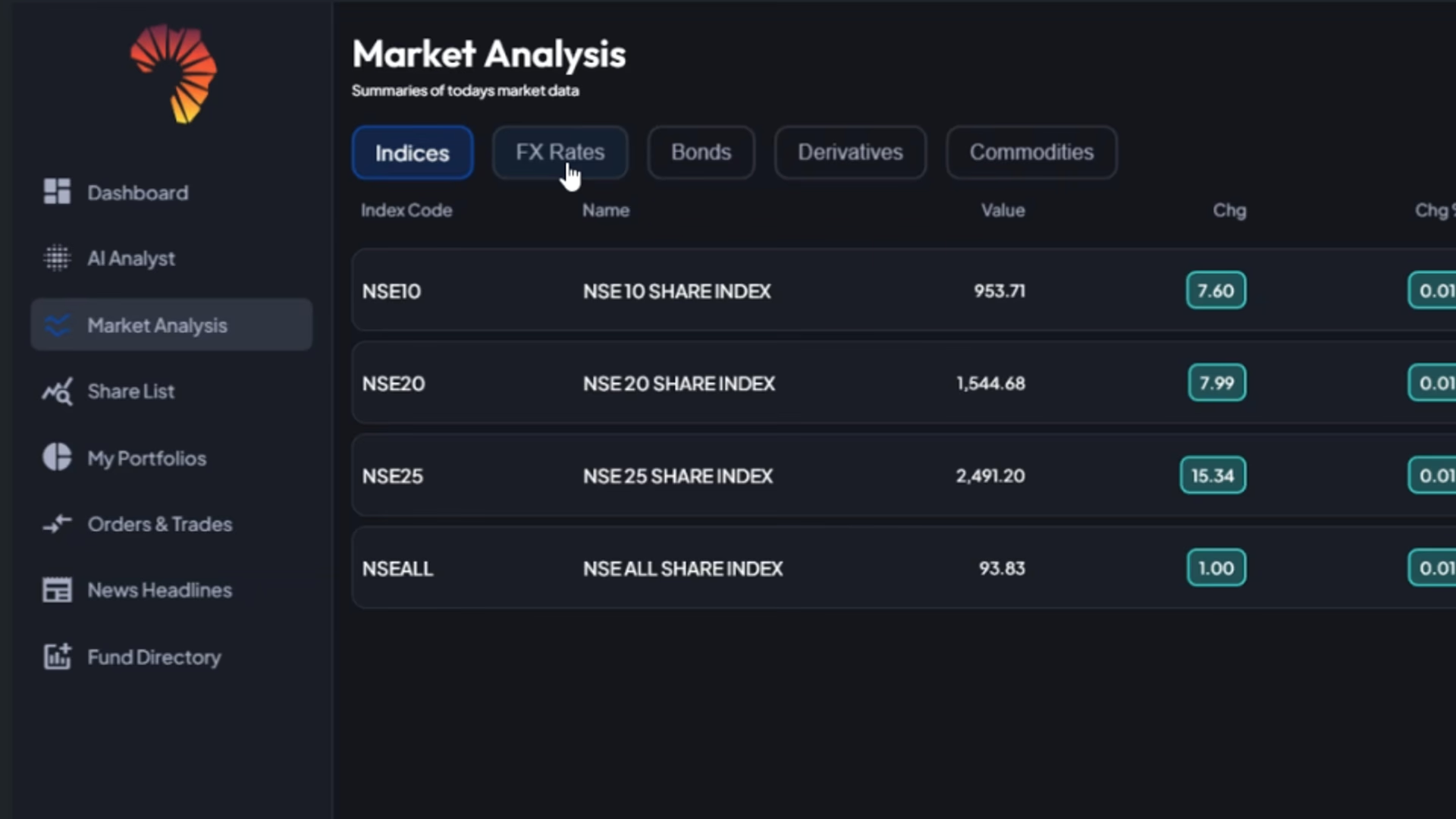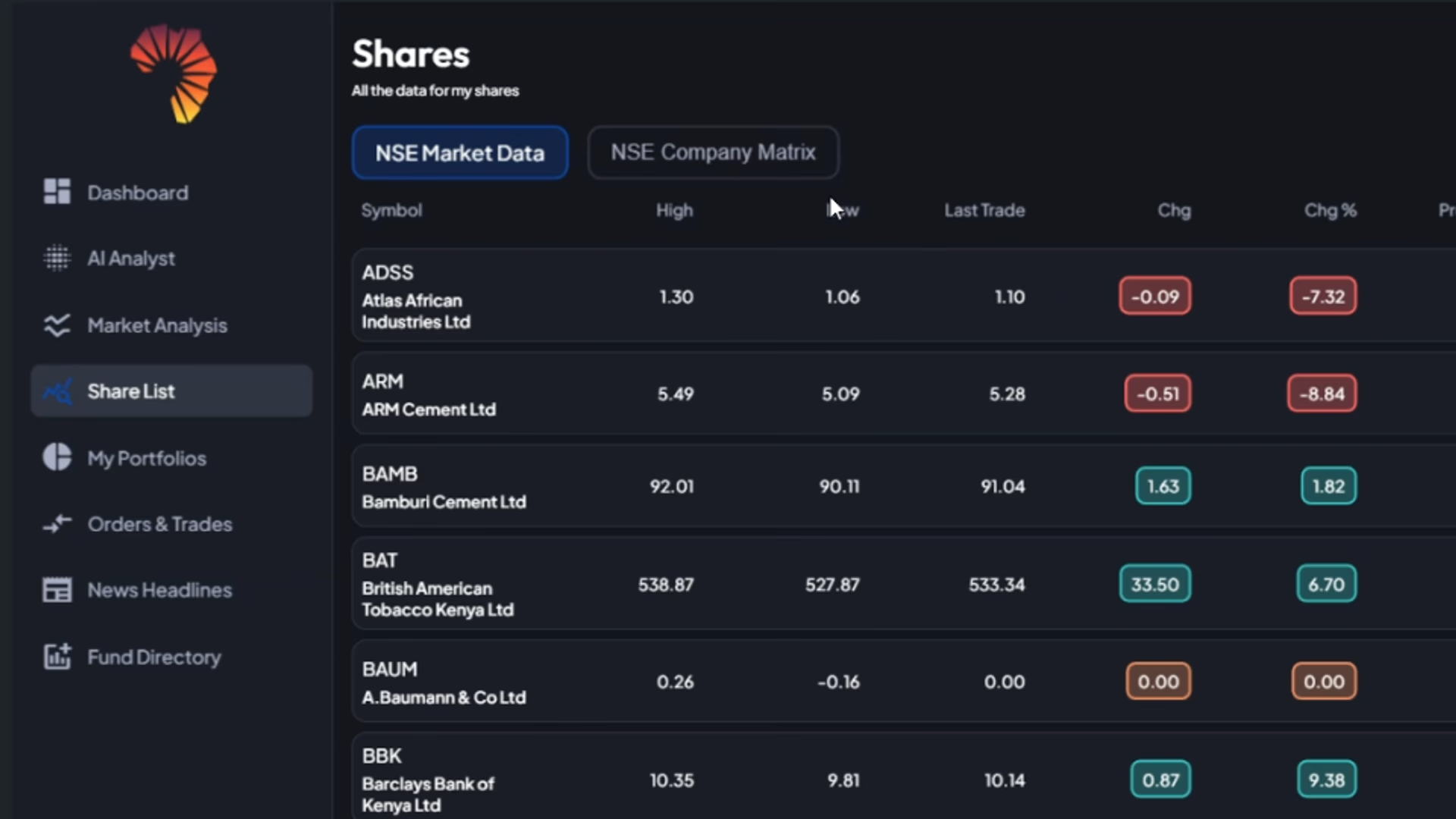As the start date for US President Trump’s new tariff regime looms, Kenyan manufacturers are intensifying calls for the extension of the African Growth and Opportunity Act (AGOA) as the trade arrangement with the United States approaches its expiry in September 2025.
- •The Kenya Association of Manufacturers (KAM) has expressed growing concern over the potential economic disruptions that could result if the agreement is not renewed.
- •AGOA has been a cornerstone of Kenya’s export strategy to the United States, allowing duty-free access for a wide range of products, particularly textile products.
- •In 2024, Kenya’s exports to the U.S. stood at US$737.3 million, with apparel contributing 72%—equivalent to US$533 million and generating over 58,000 direct and 100,000 indirect jobs.
The recent imposition of a 10% import tariff by the United States on Kenyan goods has heightened the urgency of the situation. The tariff, which targets products that previously enjoyed zero duty under AGOA, risks eroding the price competitiveness of Kenyan exports and undermining existing trade agreements.
“The new 10% tariff adjustment by the USA presents challenges that could disrupt Kenya’s export market and affect trade dynamics while offering opportunities to scale up trade and investments between the United States and Kenya,” the association said.
KAM warns that failure to extend AGOA could lead to reduced market access, contract disputes, and job losses, especially in industries built around the agreement’s framework. The association is advocating for a structured transition that would protect cargo currently enroute and maintain preferential treatment for Kenyan goods during the interim.
President Donald Trump’s tariffs last week raptured global markets and prompted governments worldwide to consider either retaliation or negotiation. The U.S President cited that his decision was ‘fair’ and in tandem with the tariffs other countries have imposed on the world’s largest economy.
Kenya was in the spotlight for adopting protectionist policies for imported maize, dairy and meat products, and sugar. Moreover, the U.S had a bone to pick with Kenya over the imposition of a 35.0% Common External Tariff adopted by the EAC in 2022.
US companies have also highlighted their limited success bidding on government tenders, citing corruption and initiatives such as the ‘Buy Kenya Build Kenya’ as reasons, according to the 2025 National Trade Estimate Report on Foreign Trade Barriers.
Other setbacks include delays by the judiciary in settling tariffs and taxation disputes, export ban, real estate restrictions, limitations on foreign equity participation and intellectual property protection.
As the expiration date approaches, KAM is urging both governments to engage in sustained bilateral negotiations. The organization emphasizes the importance of AGOA not only to Kenya’s economy but also to broader U.S.-Africa trade and investment relations.
The Ministry of Trade, Industry, and Investments was somewhat mild in its assessment of the 10% base tariff imposed on Kenya, and its statement was widely criticized for its bland optimism. No one can truly attest what the Kenyan government intends to do at the moment.





